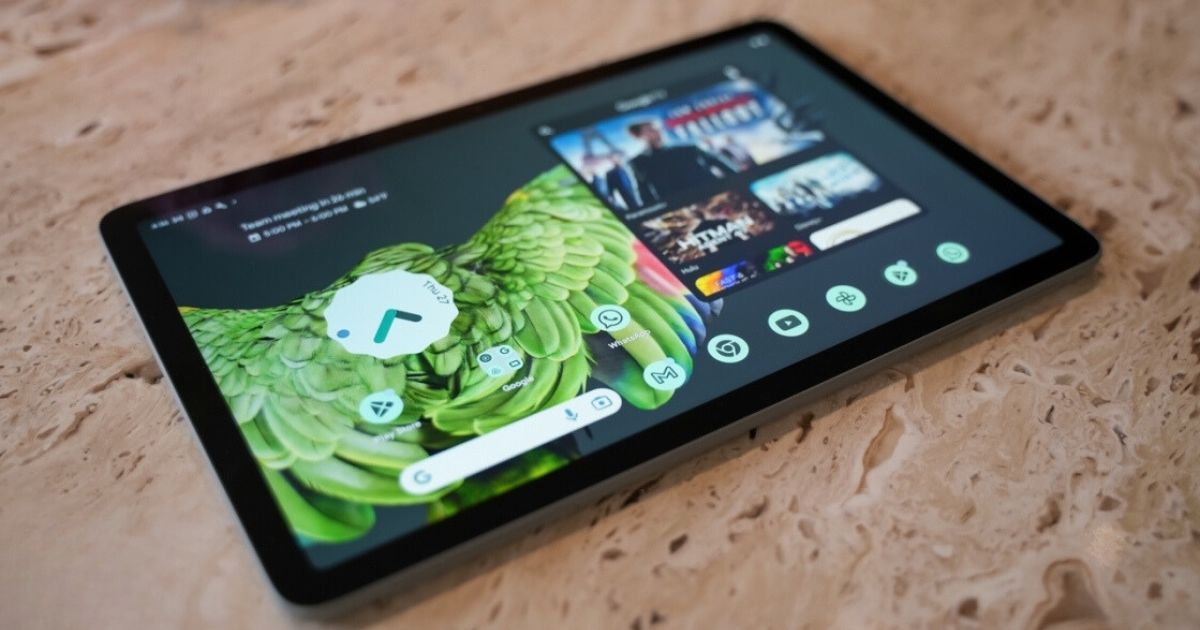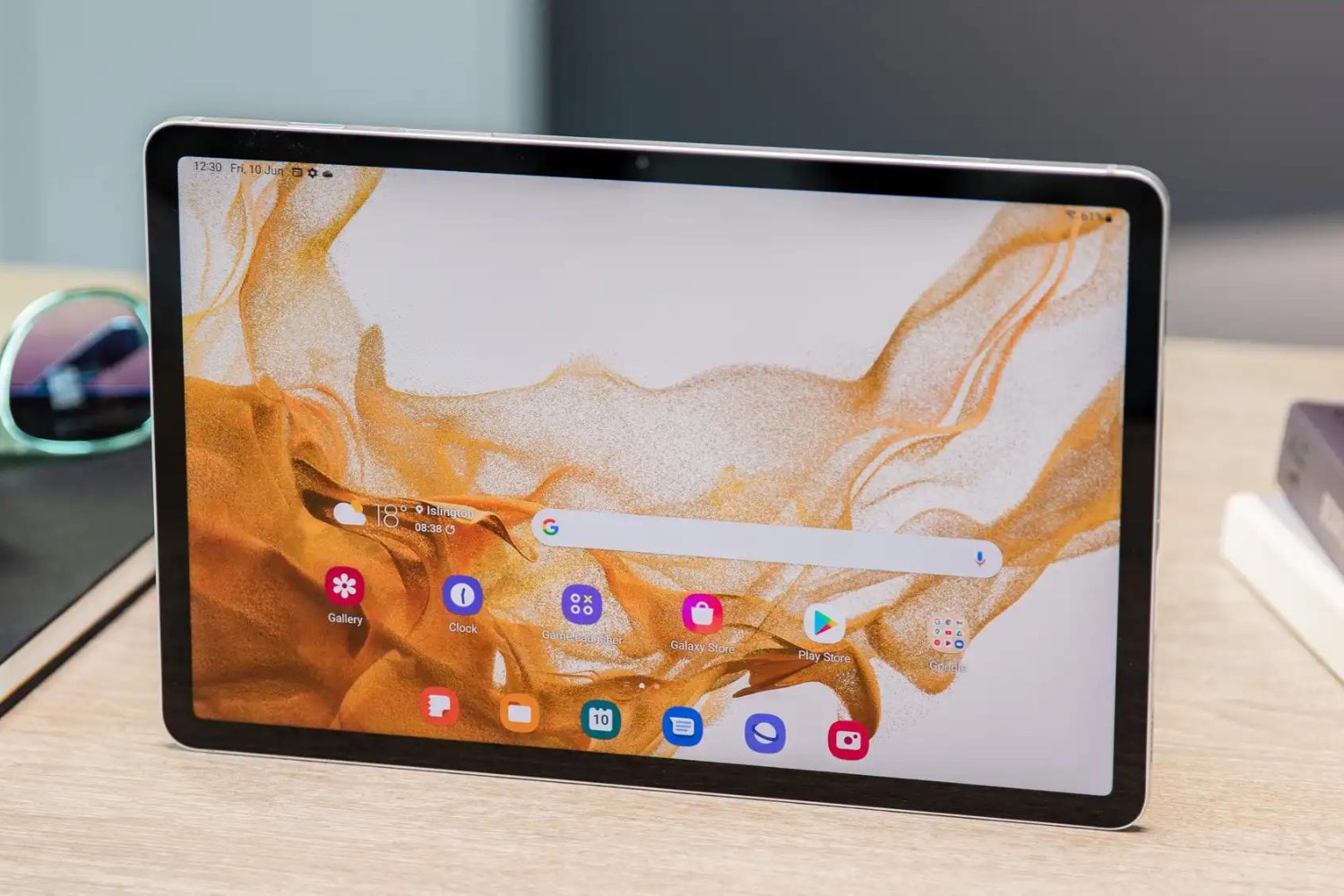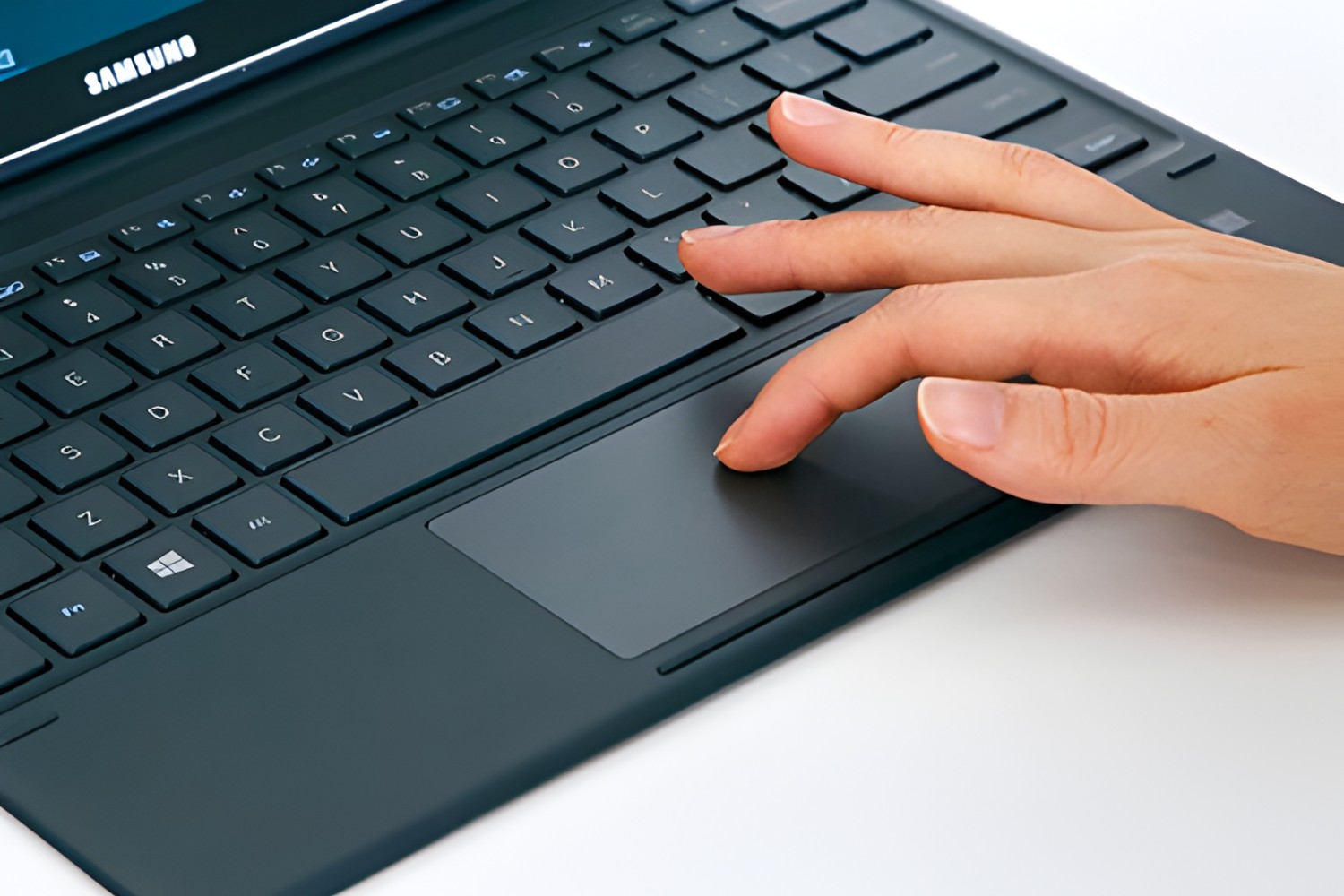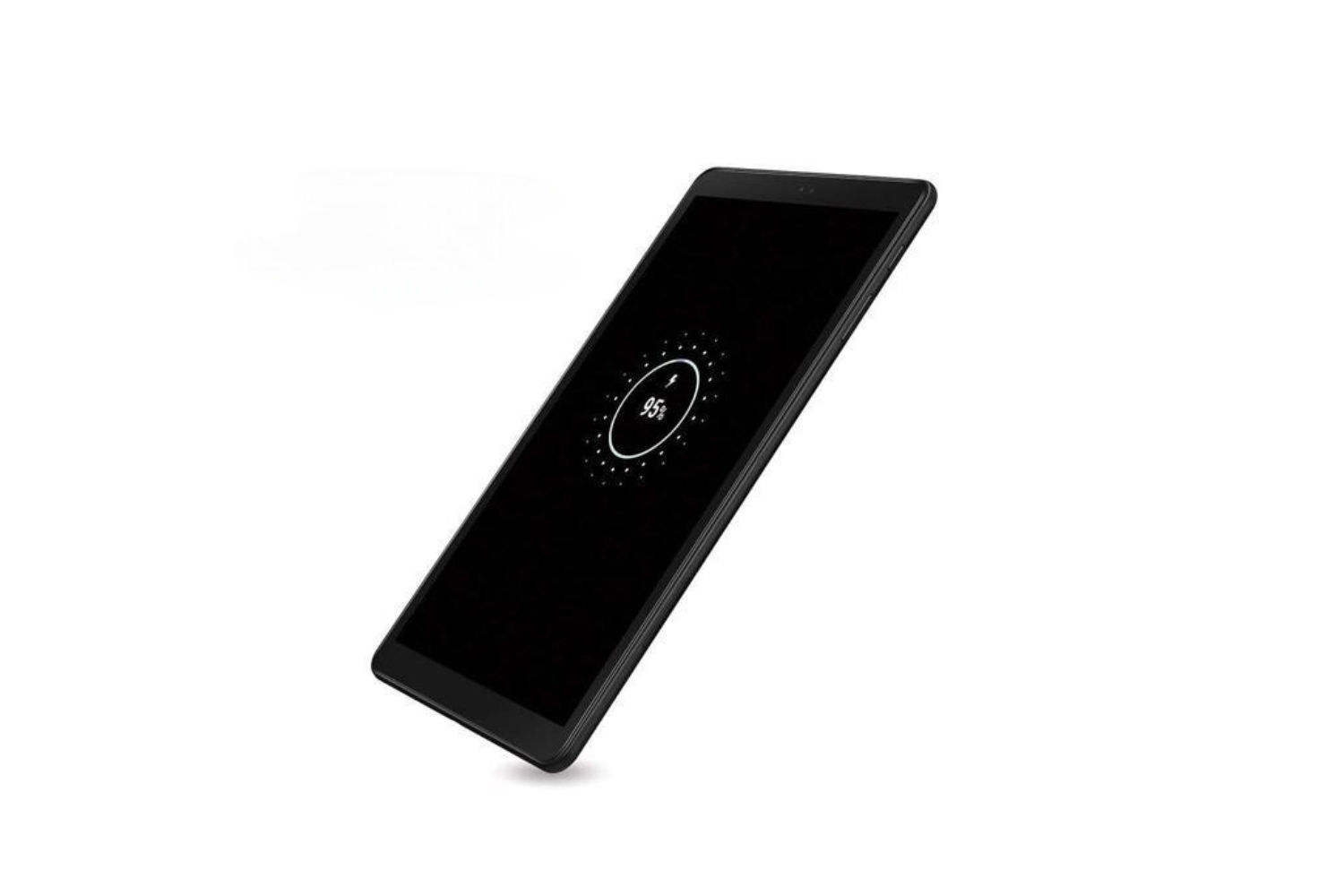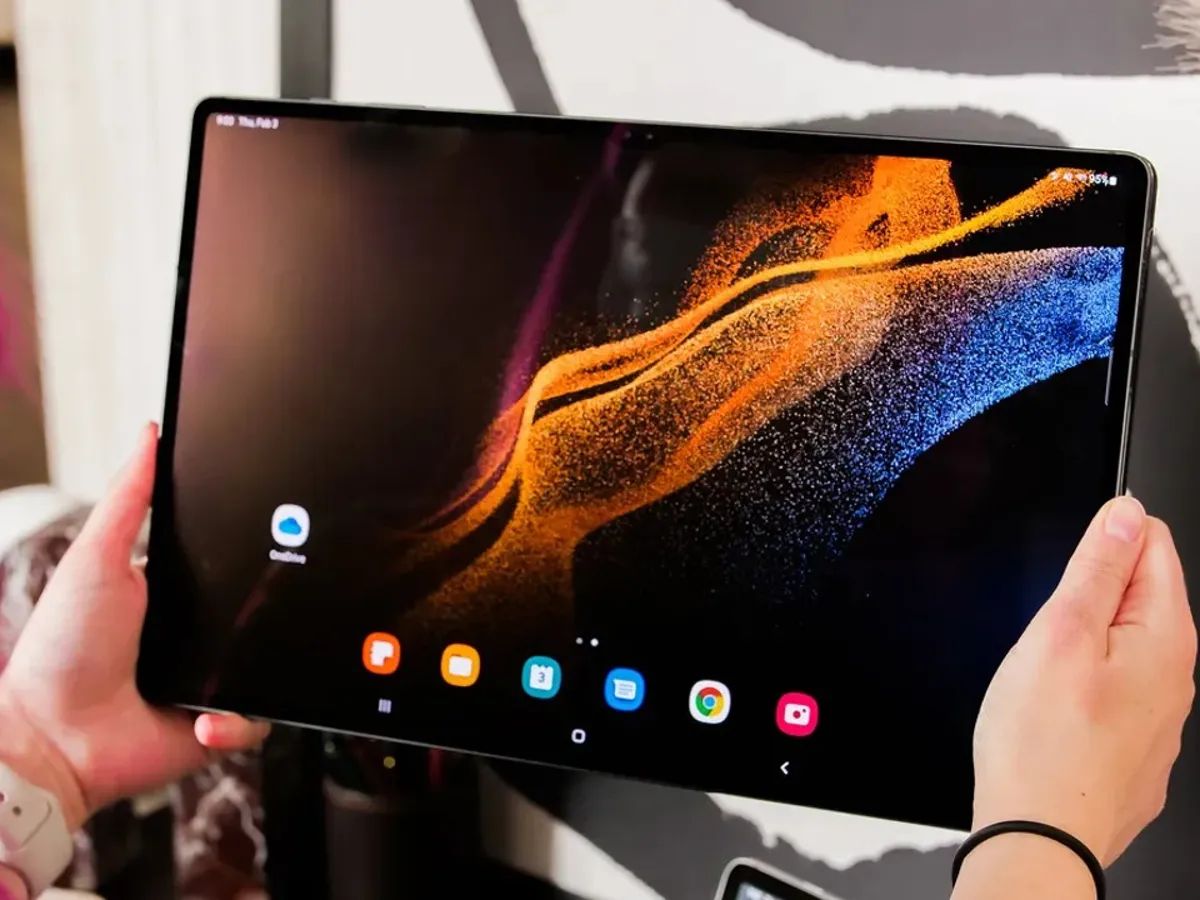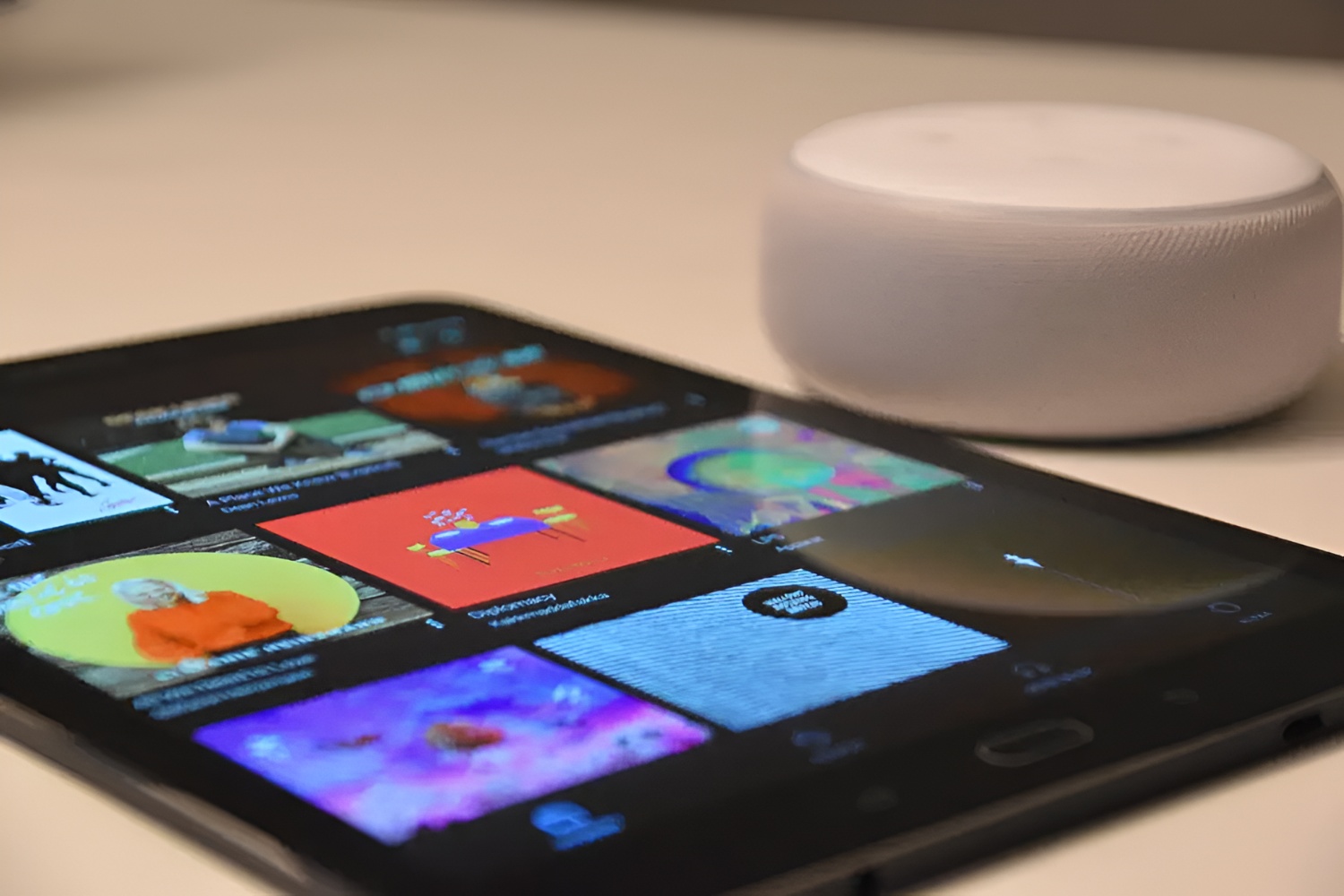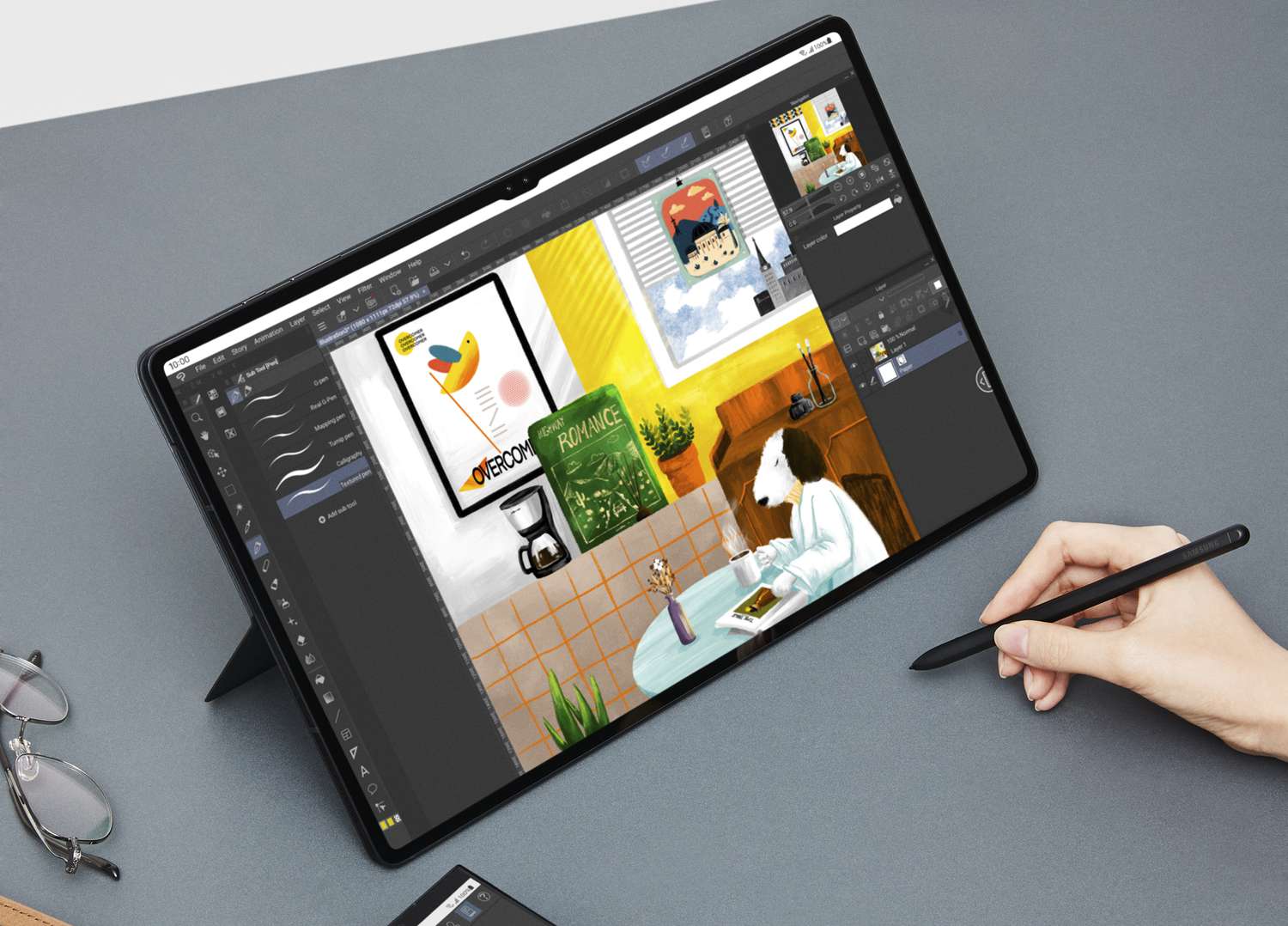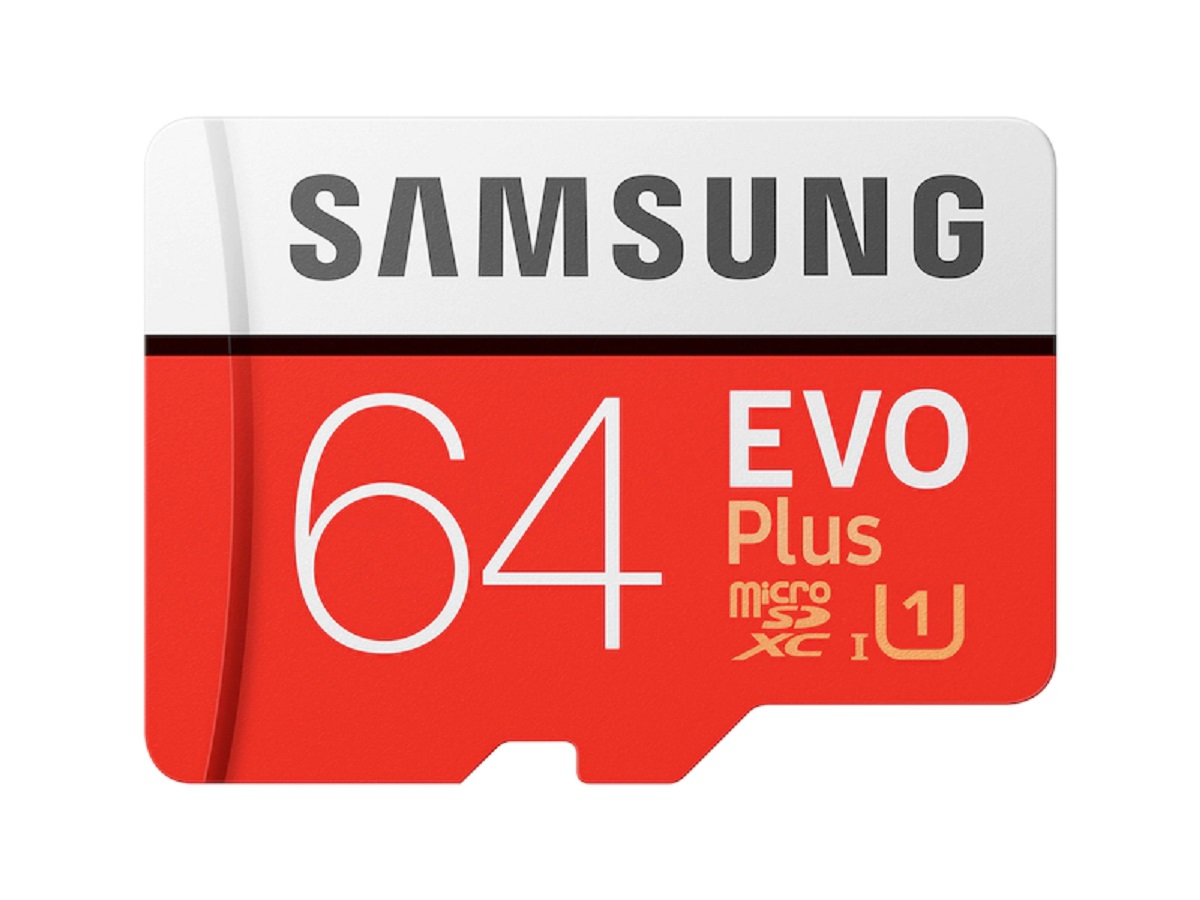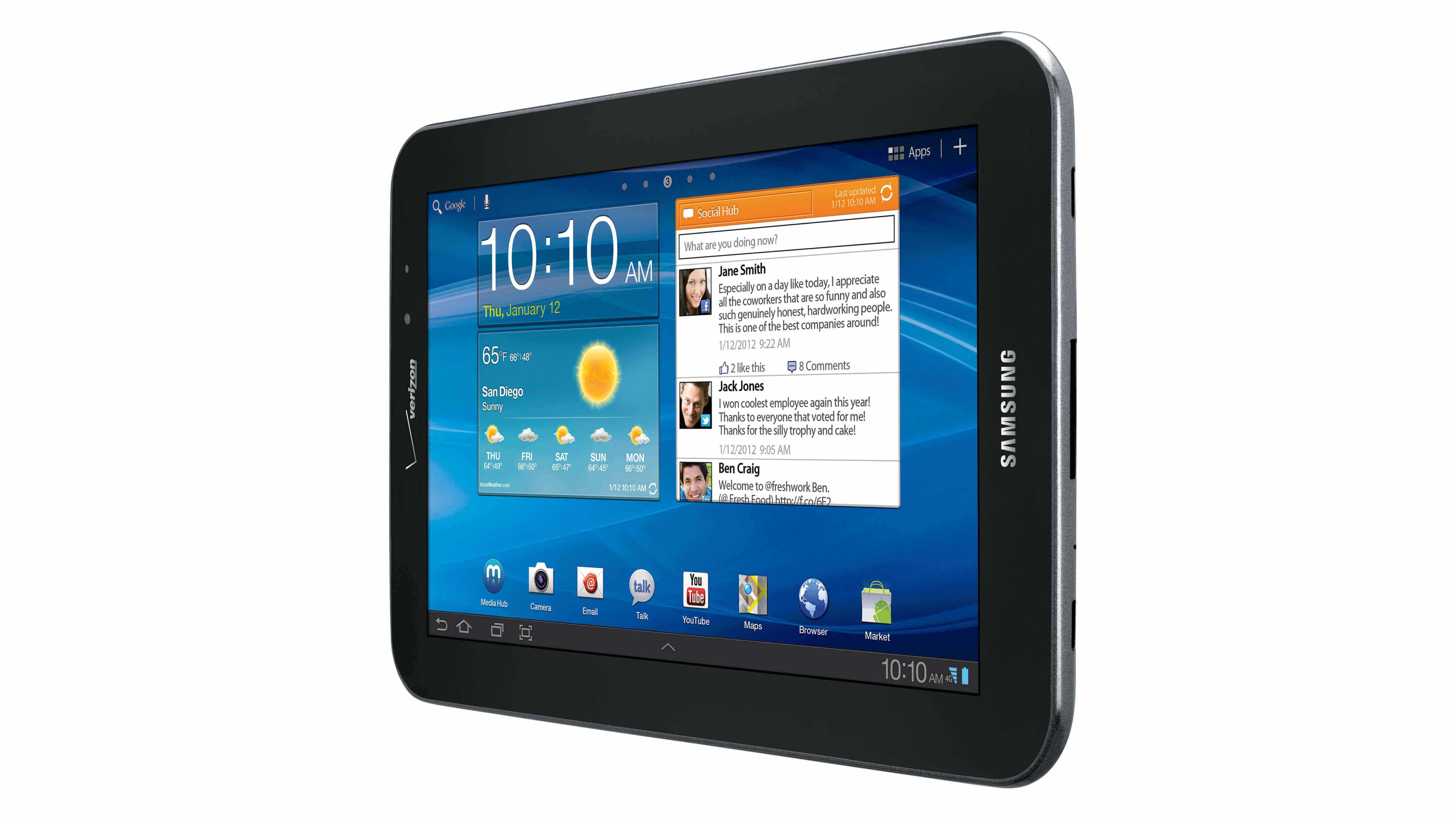Introduction
Having a slow Samsung tablet can be frustrating, especially when it hinders your productivity or enjoyment. Fortunately, there are several steps you can take to speed up your device and optimize its performance. In this article, we will explore various methods that can help you speed up your Samsung tablet, allowing you to enjoy a faster and smoother user experience.
A slow tablet can be caused by various factors, such as excessive app installations, outdated software, background processes, and cluttered files. By addressing these issues and implementing the following solutions, you can significantly improve the speed and responsiveness of your Samsung tablet.
It’s important to note that these steps can be applied to most Samsung tablet models, including the Galaxy Tab S series, Galaxy Tab A series, and Galaxy Tab E series. Whether you have an older tablet or a newer one, these optimization techniques can help you get the most out of your device.
So, if you’re tired of dealing with lags, delays, and sluggish performance, let’s dive into the various methods you can use to speed up your Samsung tablet. From clearing cache to adjusting display settings, we’ll cover everything you need to know to enhance the speed and efficiency of your device.
Clear Cache
One of the simplest and most effective ways to speed up your Samsung tablet is by clearing its cache. The cache is a temporary storage area where your device stores data from various apps and websites to improve their performance. However, over time, this cache can become bloated and start to slow down your tablet.
To clear the cache on your Samsung tablet, follow these steps:
- Go to Settings on your tablet.
- Scroll down and tap on Apps or Applications.
- Select the app that you want to clear the cache for.
- Tap on Storage.
- Click on Clear Cache.
Repeat these steps for any other apps that you want to clear the cache for. It’s recommended to clear the cache for all your frequently used apps to maximize the performance boost.
Additionally, you can also clear the system cache on your Samsung tablet. To do this:
- Turn off your tablet.
- Press and hold the Volume Up, Home, and Power buttons simultaneously until the Samsung logo appears on the screen.
- Using the Volume Down button, navigate to the Wipe Cache Partition option.
- Press the Power button to select it.
- Wait for the process to complete, then select Reboot System Now.
Clearing the system cache can help remove any corrupted data or temporary files that may be slowing down your tablet’s performance.
Clearing the cache on your Samsung tablet can free up storage space and improve the responsiveness of your apps. It’s a simple yet effective way to optimize your tablet’s performance and ensure a smoother user experience.
Uninstall Unnecessary Apps
If you’re looking to speed up your Samsung tablet, one effective step is to uninstall unnecessary apps. Over time, we accumulate numerous apps on our devices, many of which we rarely or never use. These unused apps can take up valuable storage space and consume system resources, leading to a slower tablet performance.
To uninstall unnecessary apps on your Samsung tablet, follow these steps:
- Open the Settings app on your tablet.
- Scroll down and tap on Apps or Applications.
- Choose the app you want to uninstall.
- Tap on Uninstall.
Repeat these steps for any other apps that you no longer need or use. By removing these unnecessary apps, you can free up storage space and reduce the strain on your tablet’s processor and memory, resulting in faster performance.
It’s important to note that some pre-installed apps on your Samsung tablet may not have the uninstall option. In such cases, you can disable these apps to prevent them from running in the background and taking up resources. To disable an app:
- Go to Settings on your tablet.
- Scroll down and tap on Apps or Applications.
- Select the app you want to disable.
- Tap on Disable.
Disabling unnecessary pre-installed apps can help improve your tablet’s speed by preventing them from running and using system resources.
By uninstalling or disabling unnecessary apps, you can declutter your tablet and optimize its performance. It’s a simple yet effective way to speed up your Samsung tablet and ensure smoother multitasking and app responsiveness.
Update Software
Keeping your Samsung tablet up to date with the latest software updates is crucial for maintaining optimal performance. Software updates often include bug fixes, security patches, and performance improvements that can significantly enhance the speed and stability of your tablet.
To update the software on your Samsung tablet, follow these steps:
- Go to the Settings app on your tablet.
- Scroll down and tap on Software Update or System Update.
- Tap on Check for Updates.
- If an update is available, tap on Download and Install.
- Follow the on-screen instructions to complete the update process.
It’s recommended to connect your tablet to a stable Wi-Fi network before checking for updates, as software updates can be large in size.
In addition to system updates, make sure to keep your apps up to date as well. Developers often release app updates to fix bugs, introduce new features, and improve performance. To update your apps:
- Open the Google Play Store or Samsung Galaxy Apps on your tablet.
- Tap on the three horizontal lines in the top left corner to open the menu.
- Select My Apps or My Library.
- Tap on Update All to update all your installed apps, or individually update specific apps.
Regularly updating the software and apps on your Samsung tablet can help optimize its performance, improve compatibility, and address any known issues that could be affecting its speed.
By staying up to date with software and app updates, you can ensure that your Samsung tablet is running on the latest version and taking advantage of the latest optimizations and advancements.
Limit Background Processes
Background processes refer to the tasks and apps that continue to run in the background even when you’re not actively using them. These processes can consume precious system resources and contribute to a slower tablet performance. By limiting the number of background processes running on your Samsung tablet, you can free up resources and improve its speed and responsiveness.
To limit background processes on your Samsung tablet, follow these steps:
- Go to the Settings app on your tablet.
- Scroll down and tap on Developer options. If you don’t see this option, go to About device and tap on Build number seven times to unlock Developer options.
- Tap on Limit background processes.
- Choose from the available options: No background processes, At most 1 process, At most 2 processes, or At most 3 processes.
Selecting a lower number of background processes limits the number of apps that can run simultaneously in the background, which can help improve overall performance.
Additionally, you can manually close background apps that are currently running to free up resources. To do this:
- Swipe up from the bottom of the screen to open the Recent Apps view.
- Swipe left or right to navigate through the open apps.
- Swipe an app card left or right, or swipe it off the screen to close the app.
By limiting the number of background processes and closing unnecessary background apps, you can ensure that your Samsung tablet’s resources are allocated more efficiently, resulting in a faster and smoother user experience.
Disable Animations
Animations can make your Samsung tablet user interface more visually appealing, but they can also contribute to a slower performance, especially on older or low-end devices. Disabling or reducing the animations can help improve the speed and responsiveness of your tablet.
To disable or reduce animations on your Samsung tablet, follow these steps:
- Go to the Settings app on your tablet.
- Scroll down and tap on About device or About tablet.
- Locate the Build number and tap on it seven times to unlock Developer options.
- Go back to the main Settings screen and tap on Developer options.
- Look for the Window animation scale, Transition animation scale, and Animator duration scale options.
- To disable animations, set each option to Animation off or Animation scale 0.5x. This will reduce the animation speed.
Disabling or reducing animations can make your tablet feel snappier and more responsive, as it reduces the time taken for screens and transitions to load.
Keep in mind that disabling or reducing animations may result in a less visually appealing user interface. If you prefer a smoother visual experience, you can try setting the animation scales to a lower value, such as 0.5x, to maintain some level of animations while still improving performance.
By disabling or reducing animations on your Samsung tablet, you can optimize its performance, speed up app load times, and enhance the overall user experience.
Remove Widgets and Live Wallpapers
Widgets and live wallpapers can be fun and visually appealing, but they can also consume system resources and impact the performance of your Samsung tablet. Removing unnecessary widgets and live wallpapers can help improve the speed and responsiveness of your device.
To remove widgets from your Samsung tablet’s home screen, follow these steps:
- Long-press on the widget you want to remove.
- Drag it to the Remove or Delete icon that appears at the top or bottom of the screen.
You can repeat these steps for any other widgets you want to remove. Removing unnecessary widgets not only frees up home screen space, but it also reduces the strain on your tablet’s resources.
Live wallpapers, while visually appealing, can consume more battery power and system resources compared to static wallpapers. To change your live wallpaper to a static one, follow these steps:
- Long-press on an empty area of your tablet’s home screen.
- Tap on Wallpapers or Wallpaper settings.
- Select a static wallpaper option from the available choices.
By replacing live wallpapers with static ones, you can reduce the load on your tablet’s CPU and improve its performance.
Removing unnecessary widgets and switching from live wallpapers to static ones can help optimize the performance of your Samsung tablet, allowing for faster and smoother operation.
Adjust Display Settings
The display settings on your Samsung tablet can have a significant impact on its performance and battery life. By making some adjustments to the display settings, you can enhance the speed and efficiency of your device.
One of the first things you can do is to lower the screen brightness on your tablet. High brightness levels can drain the battery faster and put more strain on the device’s resources. To adjust the screen brightness:
- Swipe down from the top of the screen to open the Quick Settings menu.
- Drag the brightness slider to the left to decrease the brightness level.
You can also enable the automatic brightness feature, which adjusts the screen brightness based on the lighting conditions. To enable automatic brightness:
- Go to the Settings app on your tablet.
- Scroll down and tap on Display.
- Enable the Auto brightness option.
Another helpful setting to adjust is the screen timeout. This setting determines how long the screen remains active before it automatically turns off. Setting a shorter screen timeout can conserve battery power and improve performance. To adjust the screen timeout:
- Go to the Settings app on your tablet.
- Scroll down and tap on Display.
- Select Sleep or Screen timeout.
- Choose a shorter duration, such as 30 seconds or 1 minute.
Additionally, you can enable the Power saving mode on your Samsung tablet. This mode reduces performance, limits background processes, and modifies the screen settings to conserve battery power. To enable Power saving mode:
- Go to the Settings app on your tablet.
- Scroll down and tap on Battery.
- Enable the Power saving mode option.
By adjusting the display settings on your Samsung tablet, such as lowering the screen brightness, setting a shorter screen timeout, and enabling power-saving mode, you can optimize performance, prolong battery life, and improve overall efficiency.
Remove Unused Files and Folders
Over time, your Samsung tablet can accumulate a significant amount of unused files and folders, taking up valuable storage space and potentially slowing down your device. Removing these unnecessary files can help free up storage and improve the overall performance of your tablet.
To remove unused files and folders on your Samsung tablet, follow these steps:
- Open the File Manager app on your tablet.
- Navigate to the folders where you suspect there may be unused files or folders.
- Long-press on the file or folder you want to delete.
- Tap on Delete or Remove.
Repeat these steps for any other files or folders that you no longer need or use. Pay special attention to large files, such as videos or downloads, as they may occupy a significant amount of storage space.
In addition to manually deleting files and folders, you can also use cleaning apps available on the Google Play Store to help automate the process. These apps can scan your device for unnecessary files and offer recommendations on what to delete.
Remember to exercise caution when deleting files and folders, as some may be important or required for the proper functioning of certain apps or systems. It’s always a good idea to review the contents of each file or folder before deleting it.
By regularly removing unused files and folders from your Samsung tablet, you can free up storage space, optimize performance, and ensure that your device operates at its best.
Restart or Reset Your Tablet
If you’ve tried all the previous methods and your Samsung tablet still feels sluggish, restarting or resetting your device can often provide a significant performance boost. Restarting your tablet can help clear temporary files and processes, while resetting it can restore the device to its original factory settings.
To restart your Samsung tablet, follow these simple steps:
- Press and hold the power button on your tablet.
- Tap on Restart or Reboot, depending on the options presented.
Your tablet will then shut down and start up again. This can help refresh the system and clear any temporary files that may be slowing it down.
If a restart doesn’t improve the performance, you may consider performing a factory reset. However, it’s important to note that a factory reset will erase all data, settings, and apps from your tablet, so make sure to create a backup before proceeding. To perform a factory reset on your Samsung tablet:
- Go to the Settings app on your tablet.
- Scroll down and tap on General Management.
- Tap on Reset or Reset Options.
- Select Factory data reset or Reset device.
- Follow the on-screen instructions to confirm and initiate the reset process.
Once the reset is complete, your tablet will be restored to its original factory settings, similar to when you first purchased it. You can then set it up again and reinstall your apps and data.
Restarting or resetting your Samsung tablet can often help resolve any underlying software issues or performance bottlenecks, providing a fresh start for your device.
Conclusion
If you’ve been experiencing a slow Samsung tablet, there are several effective methods to speed it up and optimize its performance. By following the steps outlined in this article, including clearing the cache, uninstalling unnecessary apps, updating software, limiting background processes, disabling animations, removing widgets and live wallpapers, adjusting display settings, and removing unused files and folders, you can significantly enhance the speed and responsiveness of your tablet.
It’s important to remember that these methods can be applied to most Samsung tablet models, regardless of whether you have an older device or a newer one. By implementing these optimization techniques, you can ensure that your tablet operates at its best.
While these steps can greatly improve the performance of your Samsung tablet, it’s always a good practice to regularly maintain your device by keeping it updated, organizing your files and apps, and conducting routine system maintenance.
By taking the time to implement these optimizations, you can enjoy a faster and smoother user experience on your Samsung tablet, whether you use it for work, entertainment, or both. So, don’t let a slow tablet hold you back – follow these steps and experience the full potential of your Samsung device.







